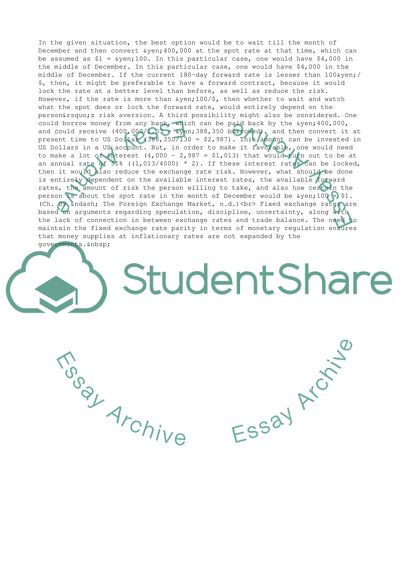Cite this document
(International Business Questions Assignment Example | Topics and Well Written Essays - 2500 words, n.d.)
International Business Questions Assignment Example | Topics and Well Written Essays - 2500 words. Retrieved from https://studentshare.org/business/1720652-iternational-business
International Business Questions Assignment Example | Topics and Well Written Essays - 2500 words. Retrieved from https://studentshare.org/business/1720652-iternational-business
(International Business Questions Assignment Example | Topics and Well Written Essays - 2500 Words)
International Business Questions Assignment Example | Topics and Well Written Essays - 2500 Words. https://studentshare.org/business/1720652-iternational-business.
International Business Questions Assignment Example | Topics and Well Written Essays - 2500 Words. https://studentshare.org/business/1720652-iternational-business.
“International Business Questions Assignment Example | Topics and Well Written Essays - 2500 Words”, n.d. https://studentshare.org/business/1720652-iternational-business.


